Venice, at the Correr Museum an exhibition on images of Justice over the centuries
From June 10 to September 3, 2023, the Museo Correr in Venice is hosting the exhibition Imago Iustitiae. Masterpieces through the Centuries, curated by Marina Mattei, entirely dedicated to the theme of iustice. It is the second-century AD Latin jurist and writer. Aulus Gellius to outline a ’typical’ portrait of Iustitia: a young woman with a solemn appearance full of dignity; stern expression; frowning forehead; gaze at once dark and full of energy. These are, Gellius comments, symbolic features that are easily interpreted: ’Justice is virgin since she is incorruptible, strong-willed since she knows no yielding, austere since she leaves no room for prayers or flattery, fearsome since she is an implacable enemy to those who choose not to respect her.’ This characterization contains, however only part of the earlier stories, which turn out to be far more complex and illuminate a much more ancient horizon when the order and harmony of the parts were emanations of Superior deities. It was up to the ruler, eponymous hero or community leader to be the conduit and enforcer of good governance. The exhibition traverses time in search of the formation of the primitive concept of Justice and shows the changes in the image over the centuries, masterfully rendered by great artists of all times.
There are two concepts around which the exhibition revolves: Imago and Iustitia. The image is the first hinge of our mind on which words are hinged in figurative sequences, alphabets that change into sound. In art, the human figure can be generically rendered with a few anatomical elements or expressed in detail in a particular attitude, with a set of attributes that reveal the circumstances in which it is caught and illustrate its function and history. Attitudes, accompanying figures, and a long series of “companions” including some present more than others, mark the passages of Justice and her complex journey.
As for the concept of Iustitia, the basic problem is graspingthe image of an abstraction and trying to pass it on for it to be understandable is a very difficult exercise. The greatest artists of all time have endeavored to do this in an attempt to grasp and reproduce a common need, a set of norms, procedures and gestures that regulate and structure living. The long path of Justice, expressed as a Person, becoming an eternal image comes from far away, welcomes and includes significant and complementary figures, but also elements abstracted from its manifestations, peculiarities such as film sequences and told stories of its proceedings. “People” of the imaginary, defined as Allegories, summarize and recall the many faces of an idea describe the long path of civilization, synthesized with symbols and attributes to arrive at our days that seem to renounce figuration, description of a scene, acting with alternative visual stimuli. However, reworking the signs does not mean erasing the past. It may happen that Justice undergoes time, place, power, which conceals her image and transforms into a series of presences or speaking scenes. Justice transforms, evolves but retains the deep archetypal meaning: the search for an order and balance that guarantees resources for all, that allows humans to secure constant exchange and evolution.
The tour begins in the Pisani Library room of the Correr Museum, whose walls are entirely lined with elm-root bookcases and house valuable historical editions. Here, a series of shelves is dedicated to the display of volumes and engravings, miniatures and drawings that illustrated justice. All of them respond to the common choice to accompany with “the Figures” the book that symbolizes the knowledge of law and legal science. Justice, an aspect of knowledge par excellence, very often bears in its hands the volume where the image is contained. This is the “Book Offering,” a scheme set before printing that, on behalf of the author, Justice delivers to the dedicatee, guarantor of equity and good government or executor and promoter of law. There are also three works by contemporary artists (Ai Weiwei, Kendell Geers, Koen Vanmechelen) granted by the Berengo Foundation, which create particular suggestions demonstrating how glass, once again, is a ductile conceptual interpreter.
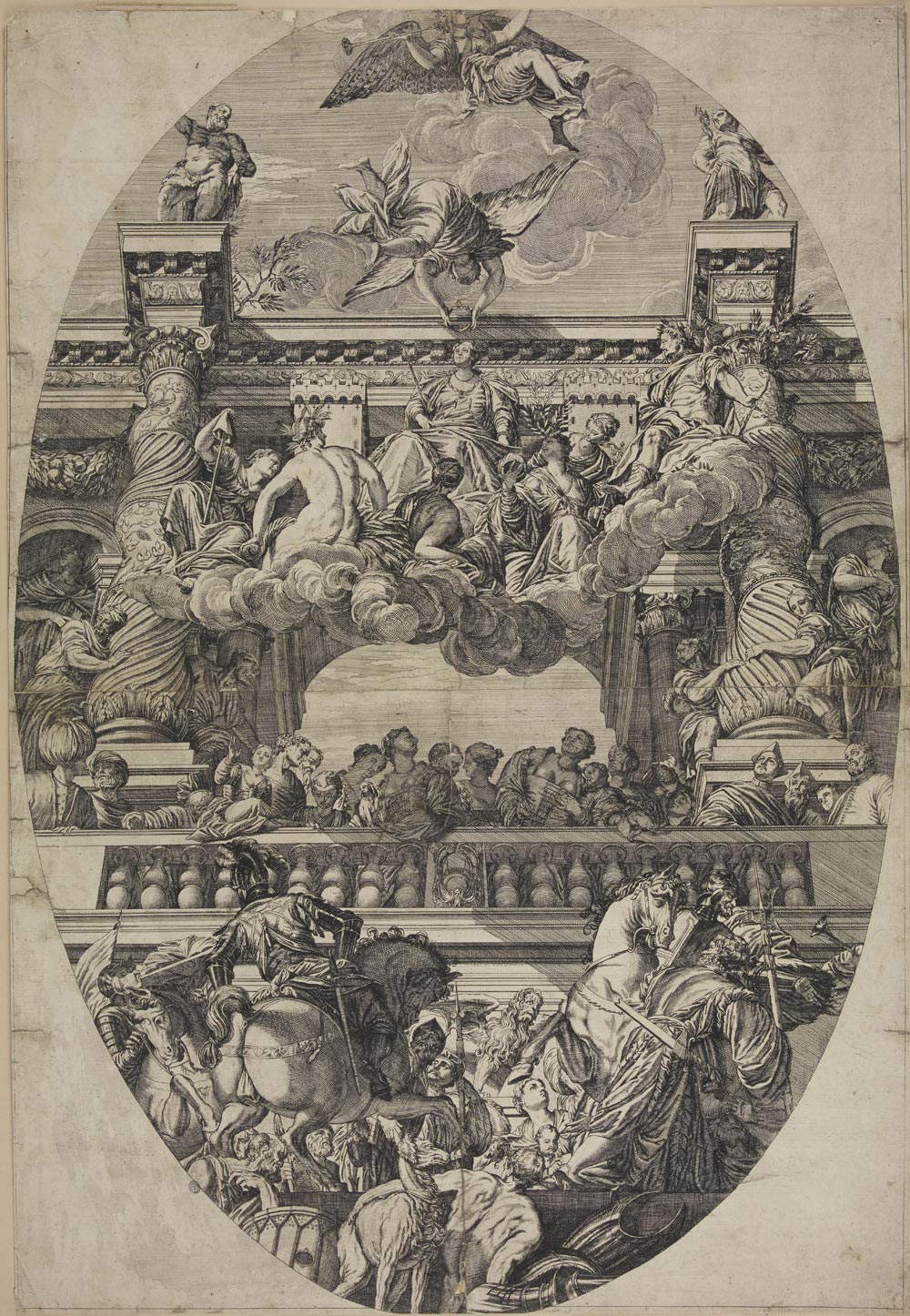
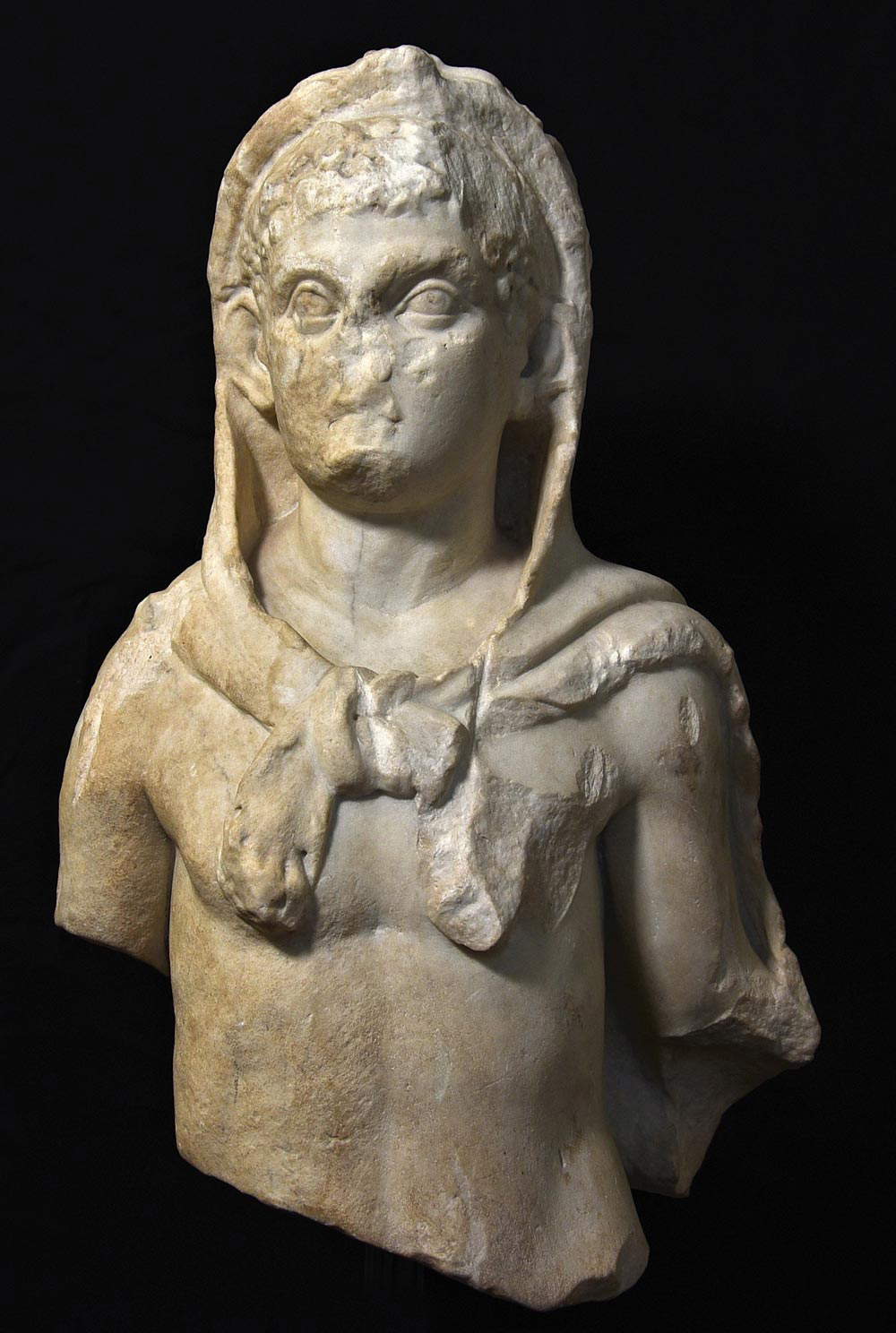
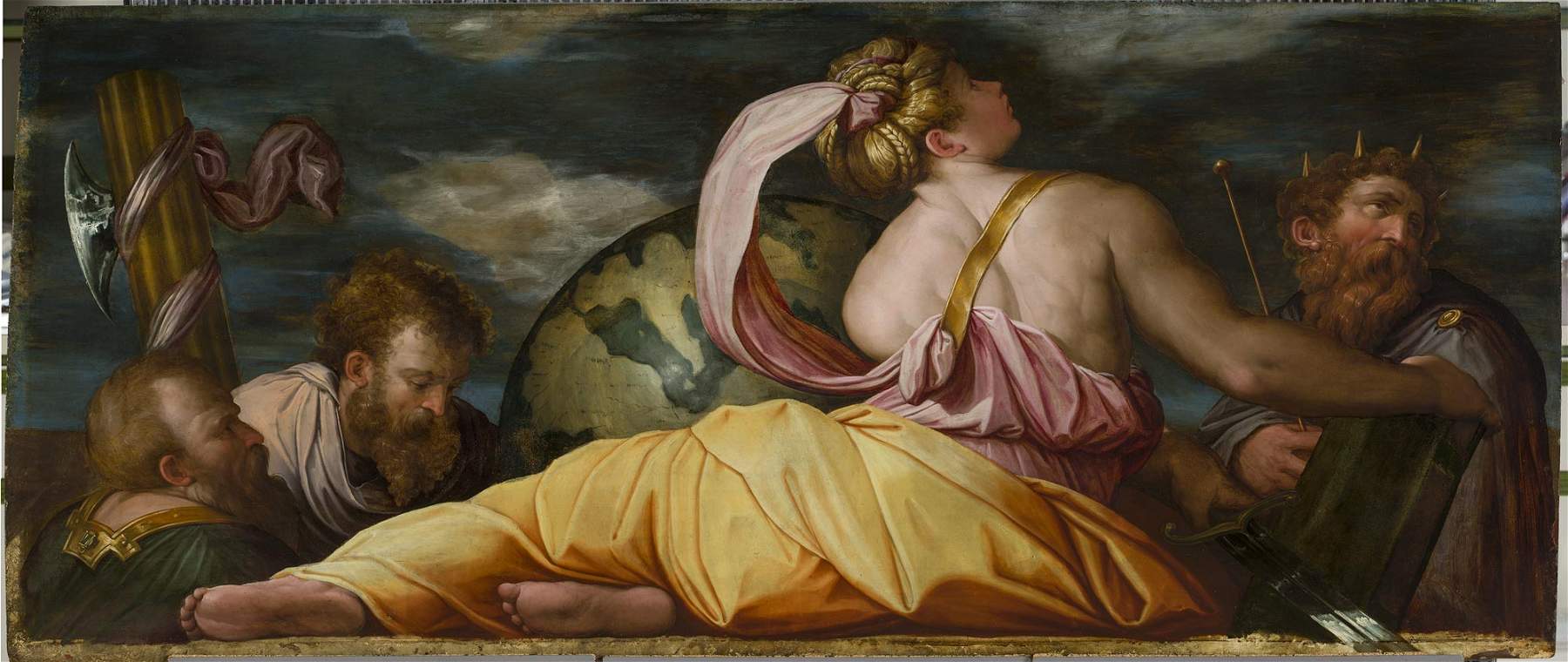
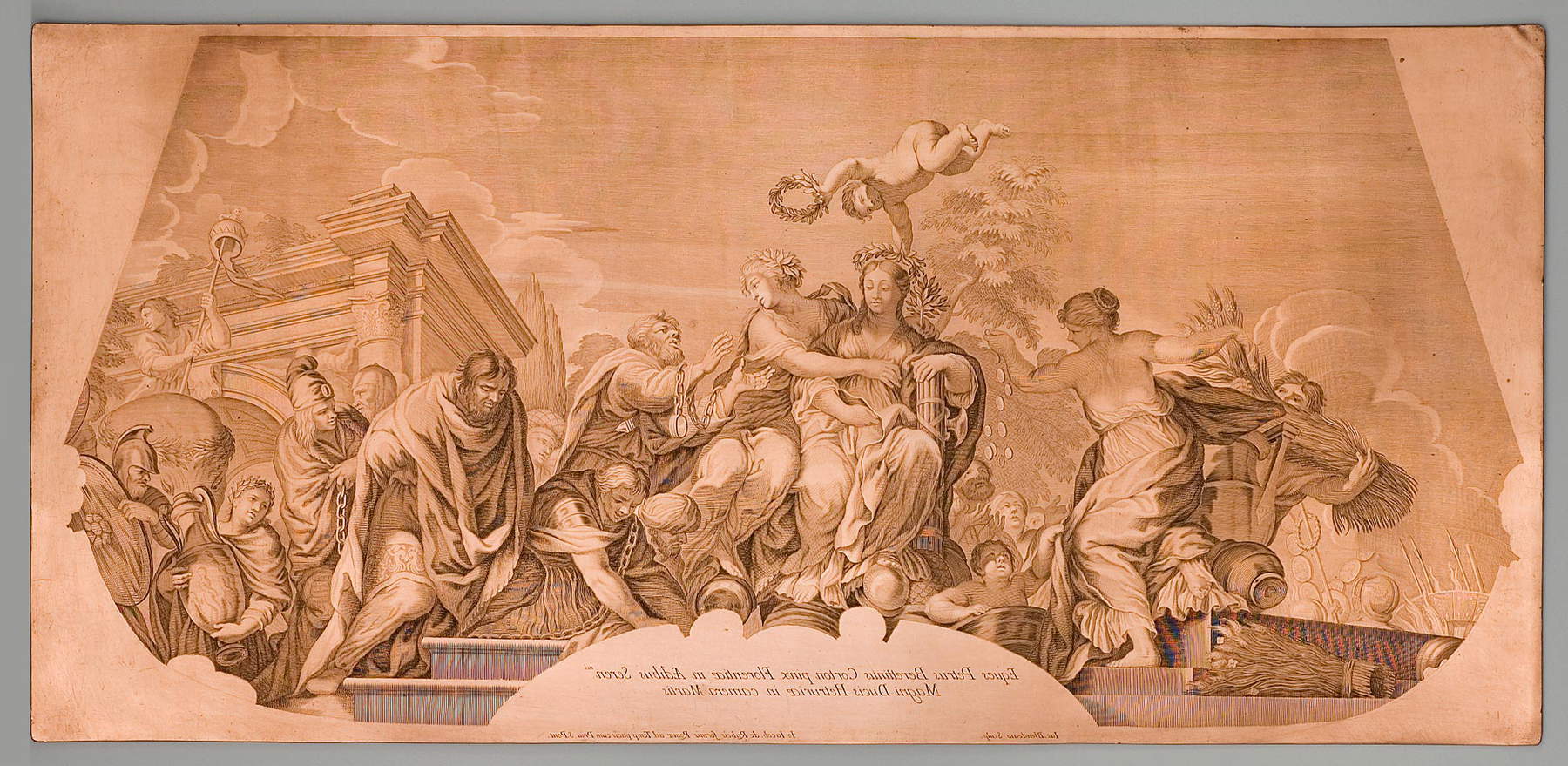
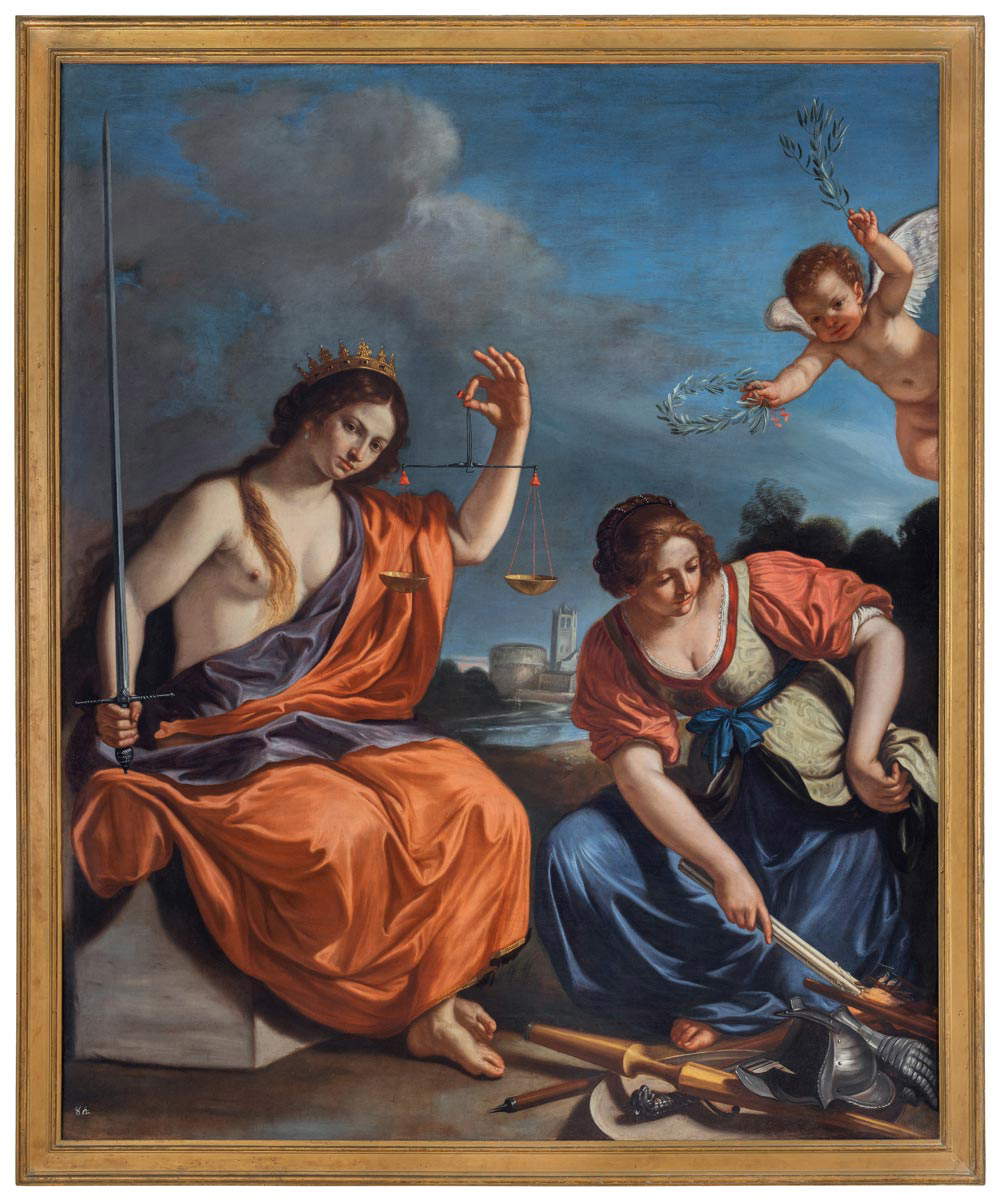
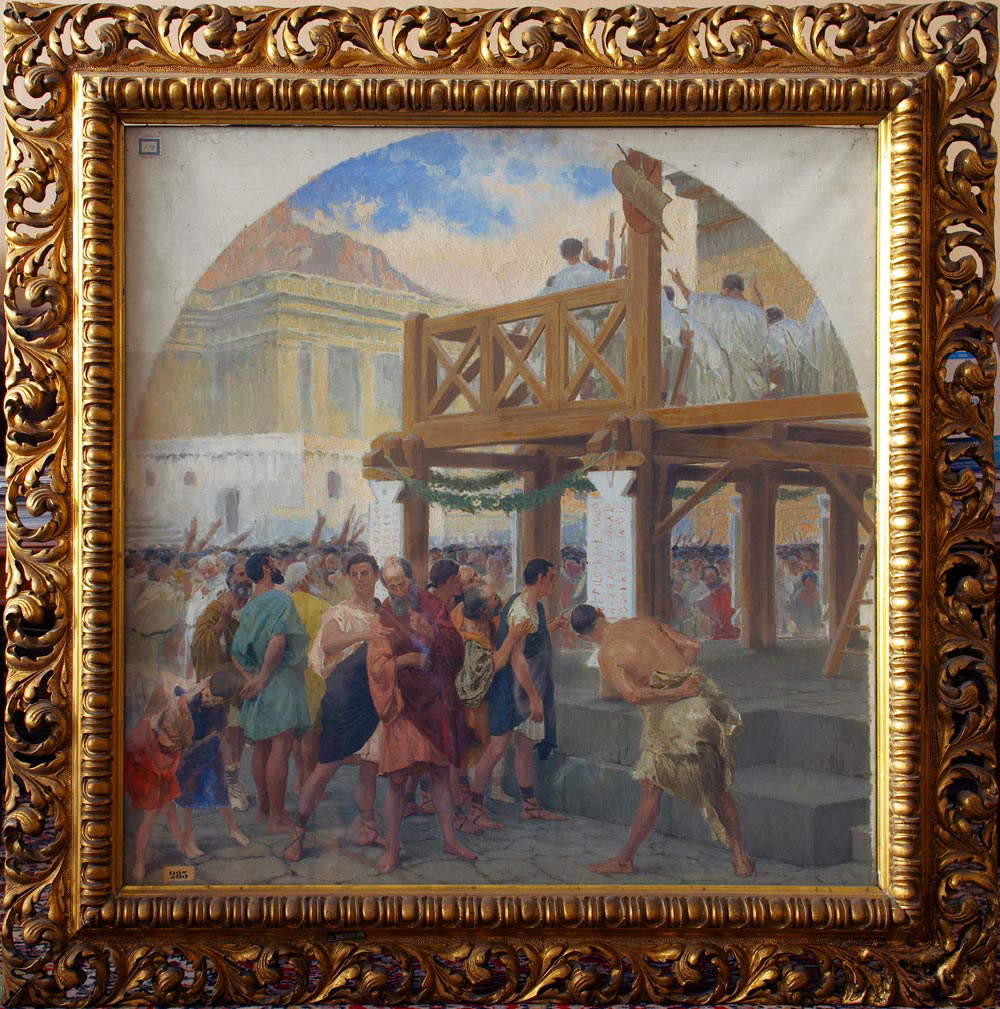






Through six sections, corresponding to the development of the Allegorical Figure, from the dawn of civilizations to the modern age, are exhibited archaeological finds, coins and medals (Sections I-II), works on paper, wood, canvas and panel on which she towers as a demi-goddess, as a Virtue and as a Personification and Allegory of the city of Venice itself (Sections II-III), works dedicated to the places temple and house of Justice, i.e. the Palazzi of the modern age built to practice and administer it, which had decorative apparatuses by great artists who celebrated it by drawing patterns and content from their predecessors (section IV), pieces on the figure of Cesare Beccaria, promoter of theabolition of the death penalty, which summarizes the actions and ideas of intellectuals, jurists and men of letters who have always worked to eliminate capital (sectionV), scenes showing acts and protagonists of Justice (section VI), protagonists immortalized as heroes and saints, and, finally, episodes of the practice of law, large paintings that imprint in the mind the very leitmotif of the exhibition. Present among others are works by Guercino, Andrea Del Sarto, Martini, Nani, Reni, Sansovino, Vasari, Maccari and a burin by Raphael.
“The Correr Museum, the place where visitors can engage with the history of Venice,” says Mayor Luigi Brugnaro, “hosts this exhibition that allows us to grasp the artistic-conceptual synthesis of the meaning of justice. A theme, that of justice, which has always challenged artists to synthesize in an image values that are always confirmed to be relevant. Venice was the symbol of an enlightened justice that still remains a source of inspiration for all of us who, thanks to this exhibition, can become even more aware of it. Together with the cultural offer , our commitment continues with important investments in the expansion of the exhibition venues, such as here at the Correr the restoration of the second floor and the access to the Napoleonic area, in order to redevelop and return important spaces to the city.”
“Art,” emphasizes MUVE Foundation President Mariacristina Gribaudi, “has always accompanied our everyday life, emphasizing and translating philosophical, religious, political and existential concepts. To this day, this iconography is not only interesting from an artistic point of view, but also manages to awaken in us important reflections that allow comparisons with the past. This exhibition deals with the subject of justice and how the expressive and didactic codes related to this topic have been visually translated by artists in different eras. Art, therefore, once again confirms itself not only as an expressive virtuosity related to aesthetic beauty but also as an important witness to be considered also from a historical-conceptual point of view. The exhibition is an opportunity to enhance heritage works related to this theme and also share little-known creations with visitors.”
The exhibition is promoted by the Municipality of Venice in the person of Mayor Luigi Brugnaro, conceived and organized by the European Center for Tourism and Culture in Rome chaired by Giuseppe Lepore in synergy with the Fondazione Musei Civici di Venezia chaired by Mariacristina Gribaudi and under the patronage of the Interregional Command of Northeastern Italy of the Guardia di Finanza directed by Army General Carmine Lopez. For all info visit the Correr Museum website.
 |
| Venice, at the Correr Museum an exhibition on images of Justice over the centuries |
Warning: the translation into English of the original Italian article was created using automatic tools. We undertake to review all articles, but we do not guarantee the total absence of inaccuracies in the translation due to the program. You can find the original by clicking on the ITA button. If you find any mistake,please contact us.



























